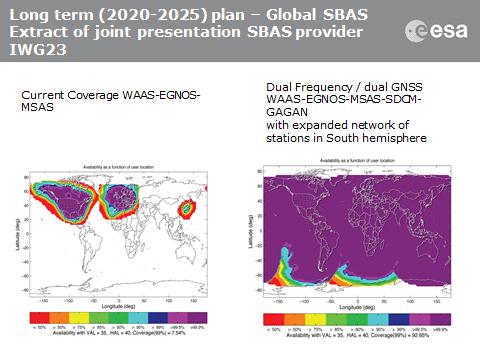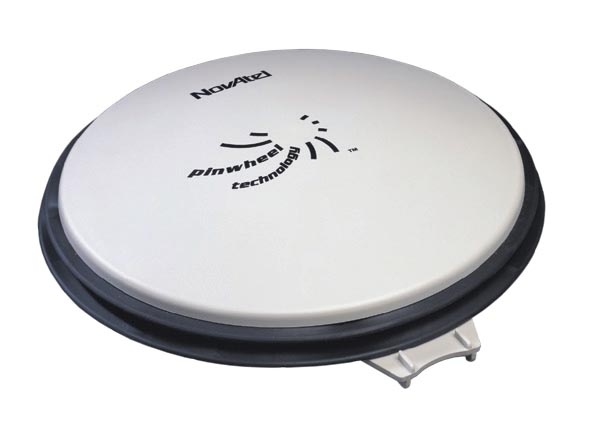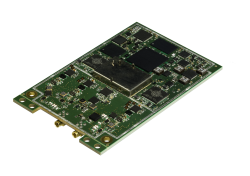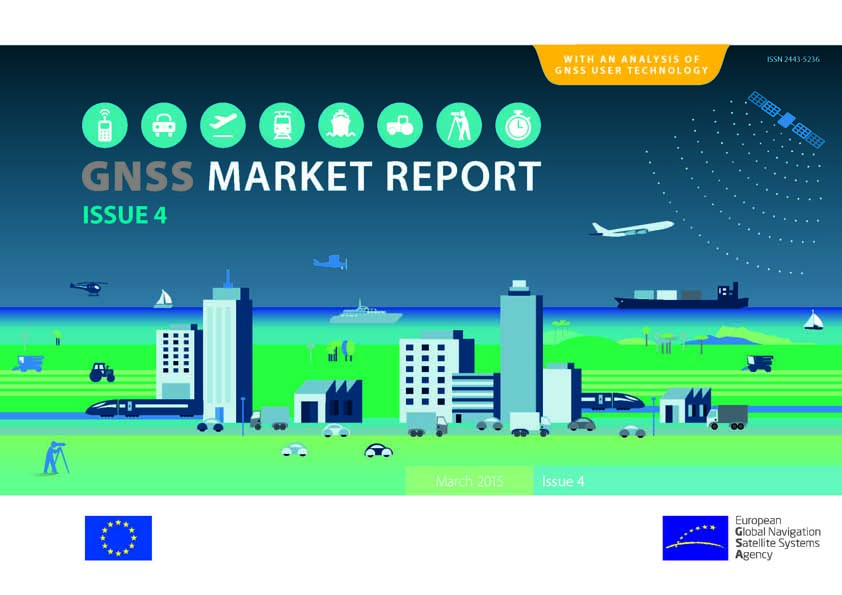International Working Group Agrees on Common GNSS SBAS Message Design
The next decade’s aircraft pilots will be able to rely on enhanced, reliable GNSS satellite navigation signals on a seamless basis across much of the world, thanks to decisions made at the latest gathering of worldwide GNSS augmentation system providers and experts.
By Inside GNSS














